Home>diy>Architecture & Design>How To Design A House Kit For Young Adults
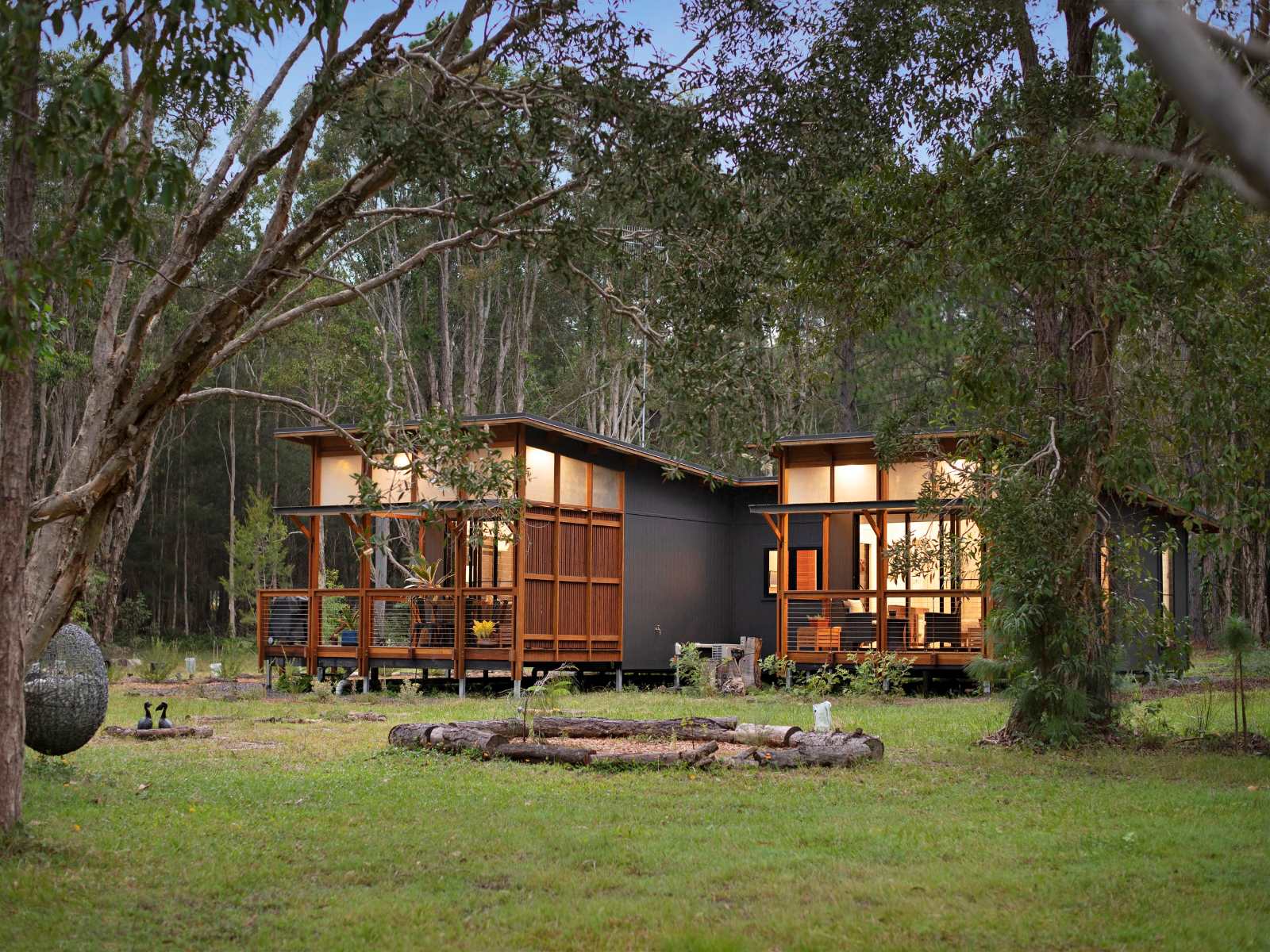

Architecture & Design
How To Design A House Kit For Young Adults
Modified: April 22, 2024
Learn how to create a unique house kit for young adults with our expert tips on architecture design. Design your dream space efficiently and creatively.
(Many of the links in this article redirect to a specific reviewed product. Your purchase of these products through affiliate links helps to generate commission for Storables.com, at no extra cost. Learn more)
Introduction
Designing a house kit for young adults is an exciting and rewarding task. As young adults venture into the world of independence and start their lives, having a well-designed living space is crucial to their overall well-being and comfort. A thoughtfully designed house kit can create a space that reflects their unique personality and meets their specific needs.
In this article, we will explore the step-by-step process of designing a house kit for young adults. From understanding their preferences and budget constraints to incorporating functional and multi-purpose spaces, we will cover all aspects of creating a stylish and practical living environment. Additionally, we will emphasize the importance of energy efficiency, storage solutions, and outdoor living spaces.
Whether you are a young adult looking for ideas to design your dream house or an architect seeking inspiration for your young clients, this article will provide valuable insights and guidance. So, let’s dive in and discover the art of designing a house kit for young adults.
Key Takeaways:
- Designing a house kit for young adults involves understanding their unique needs, prioritizing functional and multi-purpose spaces, and emphasizing technology integration to create a personalized and adaptable living environment.
- Incorporating energy efficiency, sustainable materials, and outdoor living spaces are essential in designing a house kit for young adults, promoting responsible living and a connection to nature.
Read more: How To Store Young Coconut
Step 1: Understand the Needs and Preferences of Young Adults
The first and most important step in designing a house kit for young adults is to understand their needs and preferences. Young adults have different lifestyles, tastes, and aspirations compared to other age groups, and their living space should reflect that.
Start by conducting thorough research and gathering insights about the target demographic. Consider factors such as their hobbies, work-life balance, social activities, and future plans. This information will help you create a design that caters to their specific requirements.
Engage in conversations with young adults to gain firsthand knowledge of their desires and expectations. What are their priorities when it comes to living spaces? Do they value privacy or prefer open communal areas? Are they interested in having designated areas for work or hobbies? Understanding these preferences will assist you in crafting a design that aligns with their lifestyle.
Additionally, keep in mind the flexibility and adaptability that young adults often seek. They may have changing career paths, relationships, or future plans. Designing a house kit that can accommodate these potential changes will ensure longevity and usability over the years.
Furthermore, consider the technological demands of young adults. They are often highly connected and reliant on modern technologies. Incorporate features such as smart home integration, high-speed internet access, and ample electrical outlets to support their tech-savvy lifestyle.
By understanding the needs and preferences of young adults, you can create a house kit design that not only meets their practical requirements but also reflects their personality and aspirations.
Step 2: Determine the Budget and Size Constraints
Once you have a clear understanding of the needs and preferences of young adults, the next step is to determine the budget and size constraints for the house kit design. Taking these factors into consideration from the beginning will help you create a realistic and practical design.
Start by having open and transparent discussions with the young adults about their budget. This will allow you to set realistic expectations and prioritize the design elements accordingly. Consider factors such as construction costs, material choices, and additional features that may impact the overall budget.
In addition to budget constraints, it’s essential to determine the size limitations of the house kit. This can depend on various factors, including the available land or space for construction. Assess the space available and work closely with the young adults to understand their desired living area and room dimensions.
By considering the budget and size constraints, you can refine your design choices and focus on creating a house kit that maximizes the available resources while still meeting the needs and preferences of young adults. This will ensure a practical and efficient design that is well-suited to their budgetary and spatial limitations.
Step 3: Choose a Design Style and Theme
Choosing a design style and theme is an integral part of designing a house kit for young adults. It sets the tone and creates a cohesive look and feel throughout the living space. The design style should be a reflection of the personality and taste of the young adults.
Start by exploring various design styles and themes. Consider popular options such as modern, minimalist, industrial, Scandinavian, bohemian, or transitional. Each style has its unique characteristics, aesthetics, and elements that can be tailored to suit the preferences of the young adults.
Engage in discussions and presentations with the young adults to understand their design preferences. Show them visual examples, mood boards, and color palettes to gather their feedback and ensure that you are aligning with their vision.
Once a design style is chosen, create a cohesive theme that ties all the design elements together. This can be based on a specific color scheme, pattern, or concept. For example, a beach-themed design with blue and white tones can create a calming and relaxed atmosphere, while a bold and vibrant theme can add energy and dynamism to the living space.
Consider incorporating elements that are relevant to the young adults’ interests and hobbies. For example, if they are art enthusiasts, incorporate artwork and creative spaces into the design. If they are nature lovers, introduce biophilic design elements like indoor plants and large windows to bring the outdoors in.
The chosen design style and theme should resonate with the young adults and create a space that reflects their personality and lifestyle. It should be a place where they can truly feel at home and express themselves.
Step 4: Focus on Functional Spaces
When designing a house kit for young adults, it’s crucial to prioritize functional spaces that cater to their specific needs and lifestyle. Functional spaces are areas that serve a specific purpose and enhance the overall functionality and usability of the living space.
Consider the different activities that young adults engage in on a daily basis and incorporate designated spaces for each. For example, create a separate area for work or study, equipped with a comfortable desk, ergonomic chair, and adequate lighting. This promotes productivity and allows for a dedicated workspace.
In addition to work or study areas, focus on creating functional spaces for relaxation and leisure. Incorporate a cozy reading nook with a comfortable chair and bookshelves, or a dedicated entertainment area with a large TV and comfortable seating. These spaces can provide opportunities for young adults to unwind and enjoy their favorite activities.
Another important consideration is the kitchen and dining area. Many young adults enjoy cooking and entertaining, so it’s essential to design a functional kitchen space with efficient workflow patterns, ample countertop space, and storage solutions. A well-designed dining area, whether it’s a formal dining room or a cozy breakfast nook, encourages shared meals and socializing.
Furthermore, don’t forget about the importance of storage. Young adults often have a lot of belongings, and a lack of storage space can lead to clutter and a disorganized living environment. Integrate sufficient storage solutions throughout the house kit, including built-in wardrobes, shelves, and cabinets, to ensure everything has its place.
By focusing on functional spaces, you will create a house kit that enhances the daily activities and routines of young adults. It will contribute to their overall comfort, convenience, and enjoyment of their living space.
Read more: How To Connect A Porch Roof To House
Step 5: Incorporate Flexible and Multi-purpose Areas
When designing a house kit for young adults, it’s important to create spaces that are flexible and adaptable to their changing needs. This means incorporating areas that can serve multiple purposes, allowing for versatility and maximizing the use of space.
Start by identifying areas in the house kit that can be used for different purposes. For example, a guest room can double as a home office by including a desk and workspace. A living room can also serve as a workout area by incorporating exercise equipment that can be easily stored away when not in use.
Create multi-functional furniture that can transform and adapt to different needs. For instance, a sofa bed or futon in the living room can be utilized for both seating and sleeping arrangements for guests. A dining table with built-in storage or extendable leaves can accommodate varying numbers of people and provide additional surface area for work or hobbies.
Incorporate sliding doors or room dividers that can be opened or closed as needed. This allows for privacy when required or a more open and spacious layout when hosting gatherings or social events.
Designing flexible and multi-purpose areas allows young adults to make the most of their living space, especially if they have limited square footage. It also offers the opportunity to adapt to different phases of life, whether it’s accommodating changing work-from-home needs or transforming a spare room into a nursery in the future.
By incorporating flexibility and multi-purpose areas, the house kit design becomes versatile and adapts to the evolving needs and lifestyle of young adults, ensuring long-term functionality and usability.
When designing a house kit for young adults, focus on creating a flexible and multifunctional space that can adapt to their changing needs and lifestyles. Incorporate plenty of storage solutions and consider using sustainable and low-maintenance materials.
Step 6: Emphasize Technology Integration
In today’s digital age, technology plays a significant role in the lives of young adults. Therefore, when designing a house kit, it is essential to emphasize technology integration to cater to their tech-savvy lifestyle.
Consider incorporating smart home technology into the house kit design. This can include features such as voice-controlled lighting systems, smart thermostats, security cameras, and automated window coverings. Integrate these systems seamlessly into the design to enhance convenience, energy efficiency, and security.
Plan for ample electrical outlets in key areas, such as workspaces, bedrooms, and living rooms, to accommodate the multiple devices and charging needs of young adults. Incorporating USB ports in addition to regular outlets can also be a thoughtful addition.
Create a designated area for entertainment technology. This could include a wall-mounted TV with hidden cable management, surround sound speakers, and connectivity options for gaming consoles, media players, and streaming devices.
Consider the integration of smart appliances in the kitchen to streamline daily tasks. This could include smart refrigerators with built-in calendars and recipe suggestions, voice-controlled ovens with remote monitoring capabilities, and energy-efficient dishwashers and washing machines.
Finally, ensure that the house kit is equipped with high-speed internet connectivity to support young adults’ work, entertainment, and communication needs. Consider incorporating Wi-Fi boosters or wired Ethernet connections to ensure reliable and fast internet access throughout the living spaces.
By emphasizing technology integration, you create a house kit that is in sync with the digital lifestyle of young adults. It enhances their living experience and provides them with the convenience, connectivity, and automation that they have grown accustomed to in today’s digital world.
Step 7: Optimize Storage Solutions
Effective storage solutions are crucial when designing a house kit for young adults. With their busy lives and accumulation of belongings, having ample storage space is essential for maintaining an organized and clutter-free living environment.
Start by evaluating the various areas in the house kit that can be used for storage. This includes closets, cabinets, shelves, and underutilized spaces. Consider both built-in storage options and furniture pieces that incorporate storage compartments.
Maximize vertical space by utilizing tall cabinets or installing floor-to-ceiling shelves. This allows for storing items that are used less frequently or that are seasonal, such as holiday decorations or sporting equipment.
Design closets with efficient storage solutions such as built-in organizers, adjustable shelving, and hanging racks. Incorporate drawers and compartments for better organization of clothing, shoes, and accessories.
Utilize under-bed storage by choosing beds with built-in drawers or investing in bed risers to create additional space for storage boxes or bins.
Consider incorporating innovative storage solutions such as hidden storage compartments in furniture, pull-out pantry shelves in the kitchen, or wall-mounted storage systems in the home office.
Additionally, encourage young adults to declutter and adopt organization methods that suit their lifestyle. Provide them with tips on organizing techniques, such as using storage bins, labeling items, and regularly purging unwanted belongings.
By optimizing storage solutions, you create a house kit that allows young adults to keep their living space tidy and organized. It also promotes efficient use of space and ensures that their belongings are easily accessible when needed.
Step 8: Prioritize Energy Efficiency and Sustainability
When designing a house kit for young adults, it is essential to prioritize energy efficiency and sustainability to create a living space that is environmentally friendly and promotes responsible living.
Start by incorporating energy-efficient appliances and fixtures throughout the house kit. Choose energy-efficient lighting options such as LED bulbs, which consume less electricity and last longer. Install low-flow faucets and showerheads to conserve water without compromising on functionality.
Consider the orientation and placement of windows to maximize natural light and ventilation. This reduces the dependence on artificial lighting and air conditioning, resulting in reduced energy consumption. Incorporate energy-efficient windows with proper insulation to enhance thermal efficiency.
Integrate renewable energy solutions, such as solar panels, into the house kit design. Solar energy can help reduce reliance on traditional grid-based electricity and lower utility bills over time.
Utilize sustainable building materials that have a minimal impact on the environment. Consider using materials such as reclaimed wood, bamboo, or recycled materials for flooring, countertops, and furniture. Additionally, opt for non-toxic and eco-friendly paints and finishes to ensure a healthy indoor environment.
Design the house kit to promote recycling and waste management. Incorporate designated areas for recycling bins and composting. Include storage solutions for sorting and organizing recyclables and waste, making it easy for young adults to maintain a sustainable lifestyle.
Incorporate landscaping and outdoor design elements that are eco-friendly. This can include rainwater harvesting systems, native plantings that require less water, and efficient irrigation systems to conserve water usage. Create outdoor spaces that promote sustainability, such as vegetable gardens or herb gardens for growing fresh produce.
By prioritizing energy efficiency and sustainability, you not only minimize the environmental impact of the house kit but also provide young adults with a living space that aligns with their values and promotes sustainable living habits.
Read more: How To Add A Porch To Your House
Step 9: Consider Outdoor Living and Leisure Spaces
When designing a house kit for young adults, it is important to consider the inclusion of outdoor living and leisure spaces. These spaces not only provide a connection to the natural environment but also offer opportunities for relaxation, entertainment, and socializing.
Start by assessing the available outdoor space and consider how it can be utilized effectively. This could include a backyard, patio, balcony, or rooftop area. Determine the size and layout of the outdoor space to accommodate various activities.
Create distinct areas within the outdoor space to cater to different needs. For example, incorporate a seating area with comfortable furniture for lounging and socializing. Include a dining area for outdoor meals and entertaining guests. Consider adding a fire pit or barbecue area for cozy gatherings and outdoor cooking.
If space permits, incorporate a garden or greenery into the outdoor area. This can be in the form of a small lawn, flower beds, or potted plants. Encourage young adults to engage in gardening and take care of their outdoor space, fostering a sense of responsibility and a connection to nature.
Consider adding recreational elements such as a swimming pool, hot tub, or outdoor games area. These amenities provide opportunities for physical activity and leisure, contributing to an active and enjoyable lifestyle.
Incorporate privacy measures into the outdoor living and leisure spaces. This could include fencing, privacy walls, or landscaping techniques to create a secluded and intimate atmosphere.
Lighting is also an important consideration for outdoor spaces. Install appropriate outdoor lighting fixtures to enhance safety and ambiance, making the space usable during evening hours. Solar-powered or energy-efficient lighting options are recommended for sustainability.
By including outdoor living and leisure spaces, you create a house kit that extends beyond the walls and connects young adults with the outdoor environment. These spaces provide a retreat for relaxation, entertainment, and enjoying the beauty of nature.
Step 10: Finalize the House Kit Design
The final step in designing a house kit for young adults is to bring all the elements together and finalize the design. This stage involves reviewing and refining the various components to ensure cohesiveness and practicality.
Start by conducting a thorough review of the design plans and layouts. Assess the flow and functionality of the spaces, ensuring that they meet the needs and preferences of young adults. Consider if any adjustments need to be made to optimize the overall design.
Pay attention to the color scheme and material choices. Ensure that they complement the chosen design style and theme while creating a visually appealing and harmonious atmosphere. Review the finishes, textures, and patterns to ensure they align with the overall aesthetic of the house kit.
Consider the inclusion of special features and unique touches that reflect the personality and interests of the young adults. This could be custom artwork, a gallery wall, a cozy reading nook, or a statement piece of furniture.
Ensure that the house kit design incorporates safety measures. This includes proper lighting, secure locks, fire safety precautions, and any necessary accessibility features.
Collaborate closely with the young adults during this stage, gathering their feedback and making any necessary adjustments based on their input. Encourage them to actively participate in the design process, ensuring that the final design truly reflects their vision and desires for their living space.
Finally, before finalizing the design, create detailed and accurate construction plans and specifications. These documents will serve as guides for the construction process, ensuring that the design is executed precisely.
By carefully refining and finalizing the house kit design, you can create a space that not only meets the needs and preferences of young adults but also embodies their unique personality and lifestyle. It will be a living environment that they can truly call their own.
Conclusion
Designing a house kit for young adults is an exciting and fulfilling endeavor. By following the step-by-step process outlined in this article, you can create a living space that is perfectly tailored to the needs and preferences of young adults.
Understanding their needs and preferences is the first crucial step. By engaging in conversations and research, you can gain valuable insights that will shape the design direction. Determining the budget and size constraints is also essential to ensure a realistic and practical design.
Choosing a design style and theme that resonates with the young adults allows for a cohesive and personalized living space. Focusing on functional spaces and incorporating flexible and multi-purpose areas maximizes usability and adaptability.
Emphasizing technology integration ensures that the house kit is in sync with the digital lifestyle of young adults. Optimal storage solutions and energy efficiency promote organization, sustainability, and responsible living.
Outdoor living and leisure spaces provide a connection to nature and opportunities for relaxation and socializing. Finally, by finalizing the design with attention to detail and collaboration, a house kit is created that truly reflects the young adults’ vision.
In conclusion, designing a house kit for young adults is a rewarding process that requires careful consideration of their unique needs and preferences. By combining functionality, style, and sustainability, you can create a living space that empowers young adults to thrive and feel at home.
So, whether you are a young adult embarking on a new chapter or an architect designing for young clients, use this guide as a roadmap to create a house kit that perfectly captures the essence of young adult living.
Frequently Asked Questions about How To Design A House Kit For Young Adults
Was this page helpful?
At Storables.com, we guarantee accurate and reliable information. Our content, validated by Expert Board Contributors, is crafted following stringent Editorial Policies. We're committed to providing you with well-researched, expert-backed insights for all your informational needs.


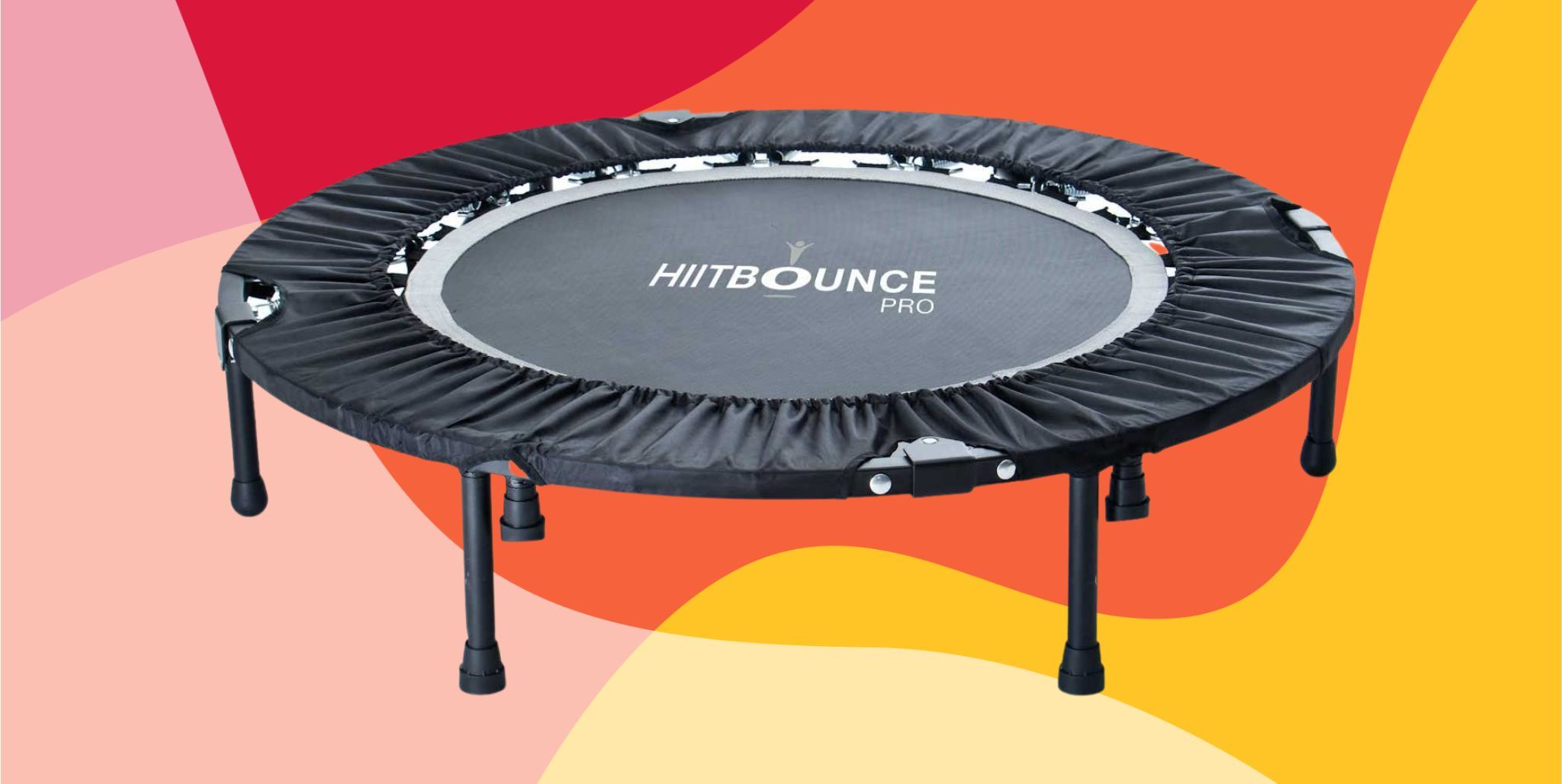
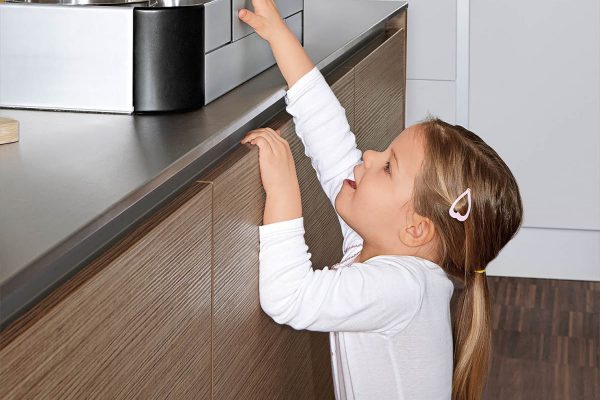


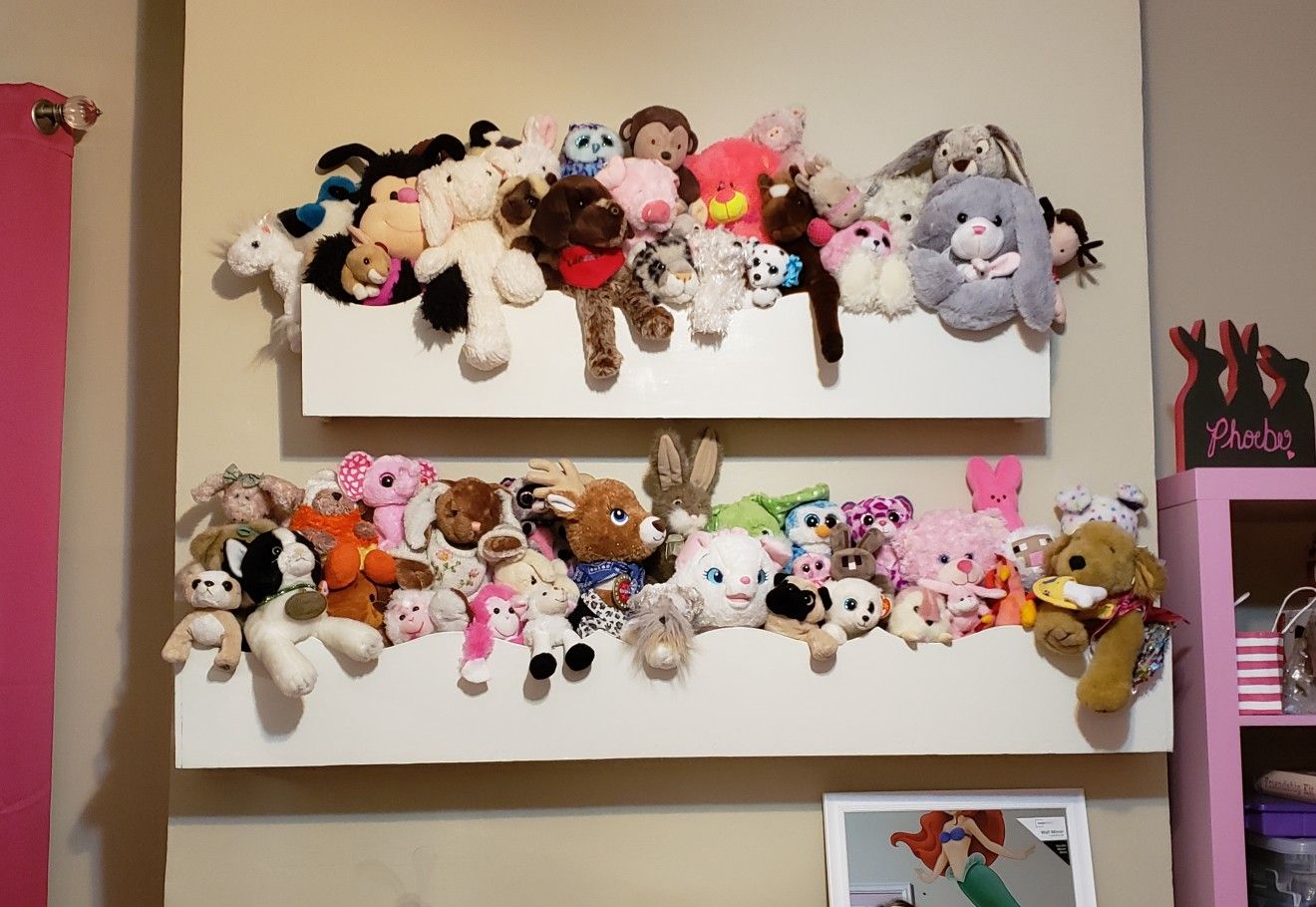



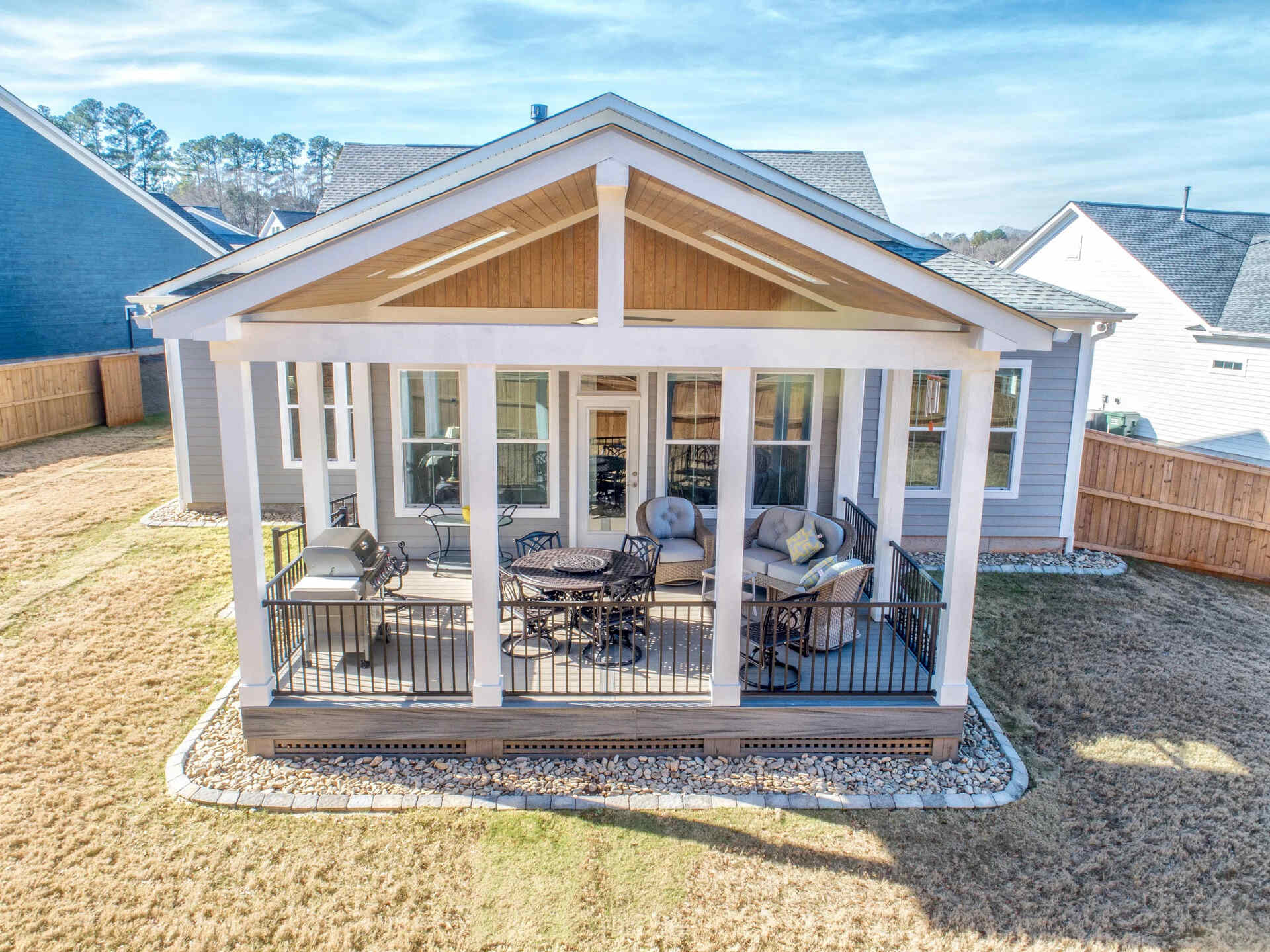
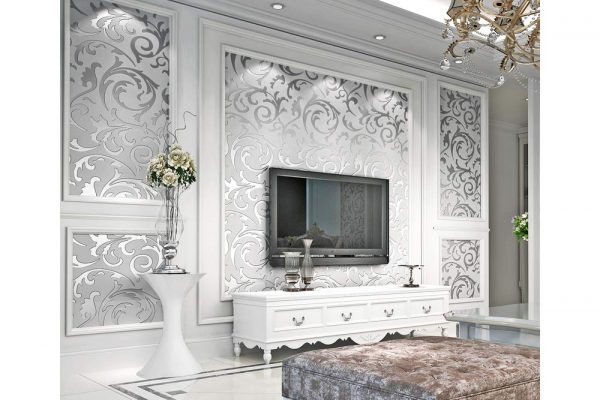
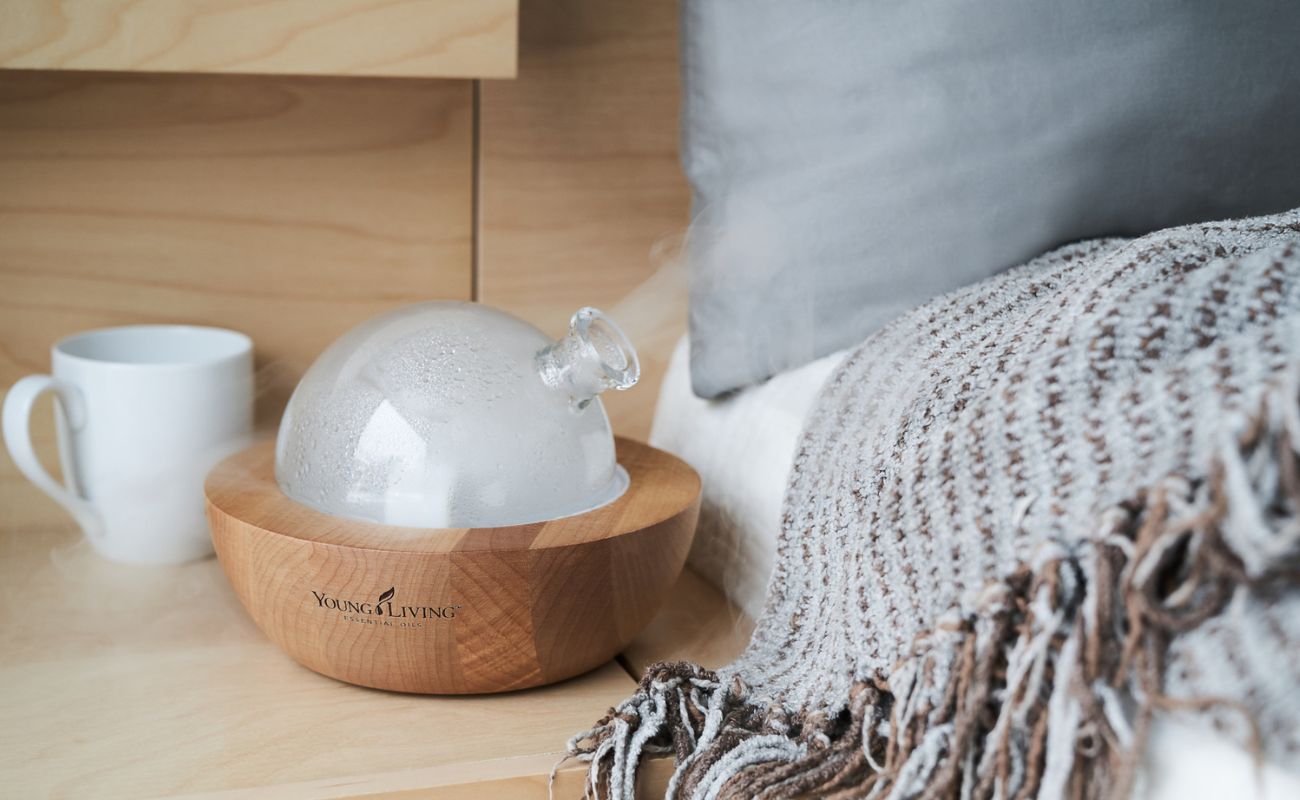

0 thoughts on “How To Design A House Kit For Young Adults”